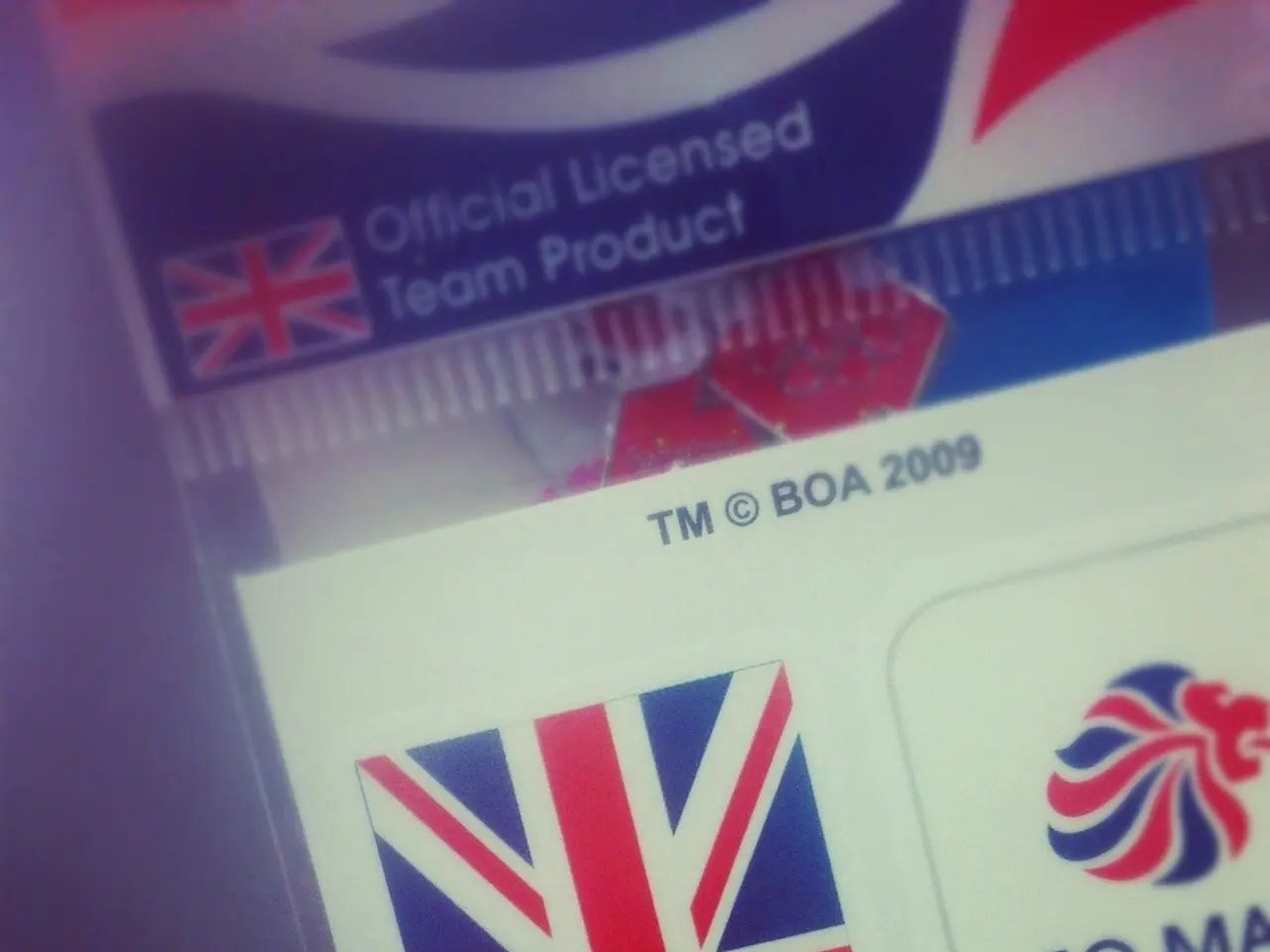Fourteen Sample and Template Structures for Personal Advancement Plans
Individual Development Plans (IDPs) are collaborative documents between managers and employees, designed to define career goals and map out a path for learning new skills or improving current ones. This article outlines best practices for creating IDPs that align employee aspirations with organizational goals.
Align Development Goals with Company Objectives
Begin by defining the company’s future skill needs, evolving roles, and growth opportunities to ensure the development plan supports strategic priorities.
Assess Current Workforce and Skills Gaps
Identify employees’ current skills, gaps, potential leaders, and career ambitions through self-assessments and one-on-one discussions to tailor plans to individual and organizational needs.
Involve Employees Actively
Engage employees in the process by discussing their career goals, learning preferences, and motivations. This active participation increases commitment and relevance.
Set Clear, Measurable Goals with Timelines
Define specific development objectives, milestones, and deadlines. Use regular checkpoints and reviews to track progress and adjust plans as needed.
Personalize Learning Styles and Opportunities
Recognize that employees learn differently—incorporate various formats such as workshops, e-learning, microlearning modules, job shadowing, and mentorship programs to accommodate these preferences.
Support Holistic Development
Beyond job-specific skills, foster resilience and adaptability to help employees thrive in a changing work environment.
Document and Formalize the Plan
Keep the IDP documented and accessible to both the employee and HR to ensure accountability and enable follow-up.
Provide Resources and Accountability
Ensure managers offer ongoing guidance, mentorship, and the necessary resources to support employees in meeting their development goals.
By following these best practices, organizations can create effective IDPs that motivate employees, promote skill growth, and ultimately contribute to organizational success.
Overcoming Challenges
Creating an IDP can be challenging due to setting clear goals, aligning IDP goals with organizational objectives, and employee resistance. To overcome these challenges, focus on setting SMART goals, aligning IDP goals with business objectives, and communicating the benefits of an IDP to employees.
Examples and Templates
- An IT individual development plan example is provided, which suggests finding out if the company offers internal training programs, tuition reimbursement, or professional development opportunities before drafting the IDP.
- An Operations leadership development program template is provided for IT professionals to navigate the ever-changing tech landscape.
- An IDP Worksheet Template is given to the employee before the IDP meeting to find out their goals and how they view their progress so far.
- A Skills inventory and self-assessment checklist template is provided for managers to assess their team’s leadership skills or for employees to fill out prior to an IDP meeting.
- A healthcare IDP template is specific to government healthcare workers and may involve attending relevant workshops, seeking mentorship, or shadowing other professionals in the field.
- An example of an IDP for an employee struggling with meeting performance targets includes evaluating the employee’s current job performance, placing them in the appropriate quadrant based on their performance, and providing specific training or coaching to help them improve.
IDPs should be updated annually during performance reviews to ensure employees keep up with evolving market trends and skill requirements. Regular monitoring and evaluation are essential components of IDPs, involving regular check-ins, tracking progress, and celebrating successes.
IDPs encourage employees to voice their career goals and co-create a plan to get there, benefiting both the employee and the company. By fostering a culture of continuous learning and development, businesses can retain top talent, promote employee engagement, and drive organizational success.
To align employee development with organizational objectives, use the brand kit to create personalized learning opportunities that cater to the needs of the education-and-self-development sector and prioritize personal growth, learning, and skill acquisition.
By incorporating best practices such as assessing current workforce skills, engaging employees actively, and setting clear, measurable goals with timelines, IDPs can foster a culture of holistic development that leads to individual and organizational success.




